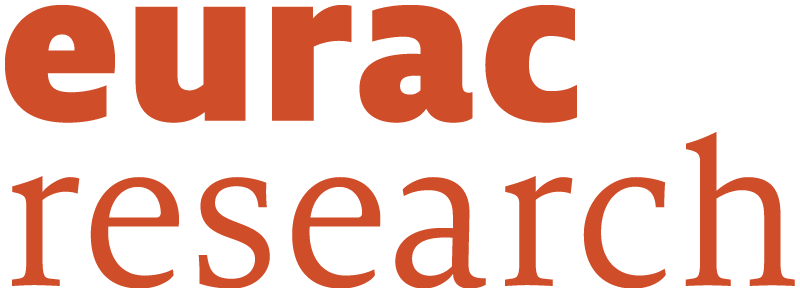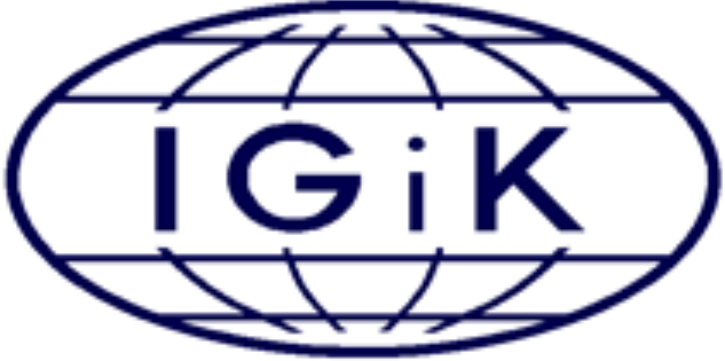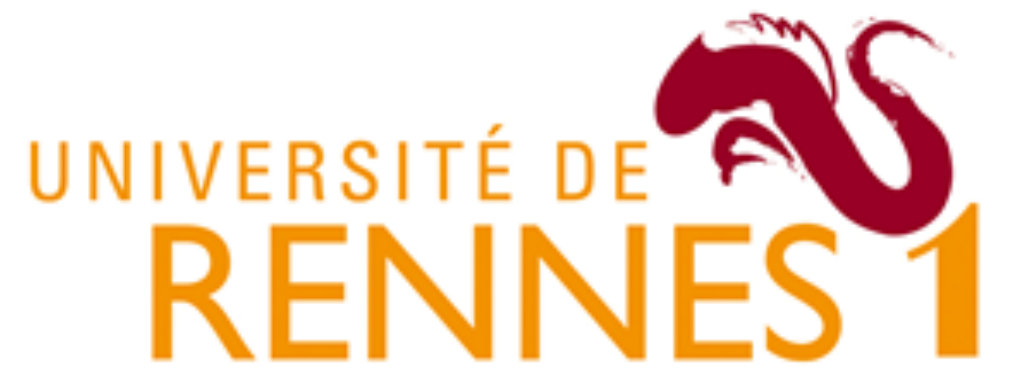DARES is a company located in Spain (Barcelona, Castelldefels) providing ground deformation measurements with radar satellites (InSAR technology) to multinational clients in mining oil&gas and infrastructure worldwide. Read more
EURAC is an advanced private no-profit research and training centre established in 1992 with headquarters in Bolzano. Its 380 staff members united by shared values of passion for their work and an unwavering commitment to quality, have the opportunity to work in a multicultural environment thanks to a wide diversity of nationalities represented among its team. Read more
Serving the national and European economy and society, the Luxembourg Institute of Science and Technology (LIST) is a Research and Technology Organisation (RTO) located in the very heart of Luxembourg's new Research and Innovation Campus at the former industrial site of Esch-Belval. Read more
The Institute of Geodesy and Cartography was established in 1945. It operates according to the provisions of the scientific institutes. The headquater of the Institute is located in Warsaw, Mokotów, 27 Modzelewskiego St. The Geodetic-Geophysical Observatory Borowa Góra located in Jadwisin upon the Zegrzyński Reservoir belongs to the Institute. Read More
The University of Alicante (UA) is a public university with an excellent campus. The UA is a young university able to adapt to the social changes and needs of our society. It is a comprehensive university covering all fields of knowledge with programmes in arts, sciences, social sciences and law, architecture and engineering, and health sciences, organised into 7 faculties, 50 departments and 15 research institutes. Read more
The Universitat Politècnica de Catalunya (UPC)-BarcelonaTech is a public institution dedicated to higher education and research, specialised in the fields of engineering, architecture and science.
The Remote Sensing Laboratory (RSLab) belongs to the Signal Theory and Communications Department (TSC) of the UPC.Read more
The Institute for Electronics and Telecommunications of Rennes (I.E.T.R – UMR CNRS 6164) – creates synergies between research teams working in the fields of electronics and telecommunications and belonging to the University of Rennes 1, the Rennes Institute for Applied Sciences (INSA), the Higher School of Electricity (Supelec) and the "Ecoles militaires de Saint-Cyr Coëtquidan". Read more






